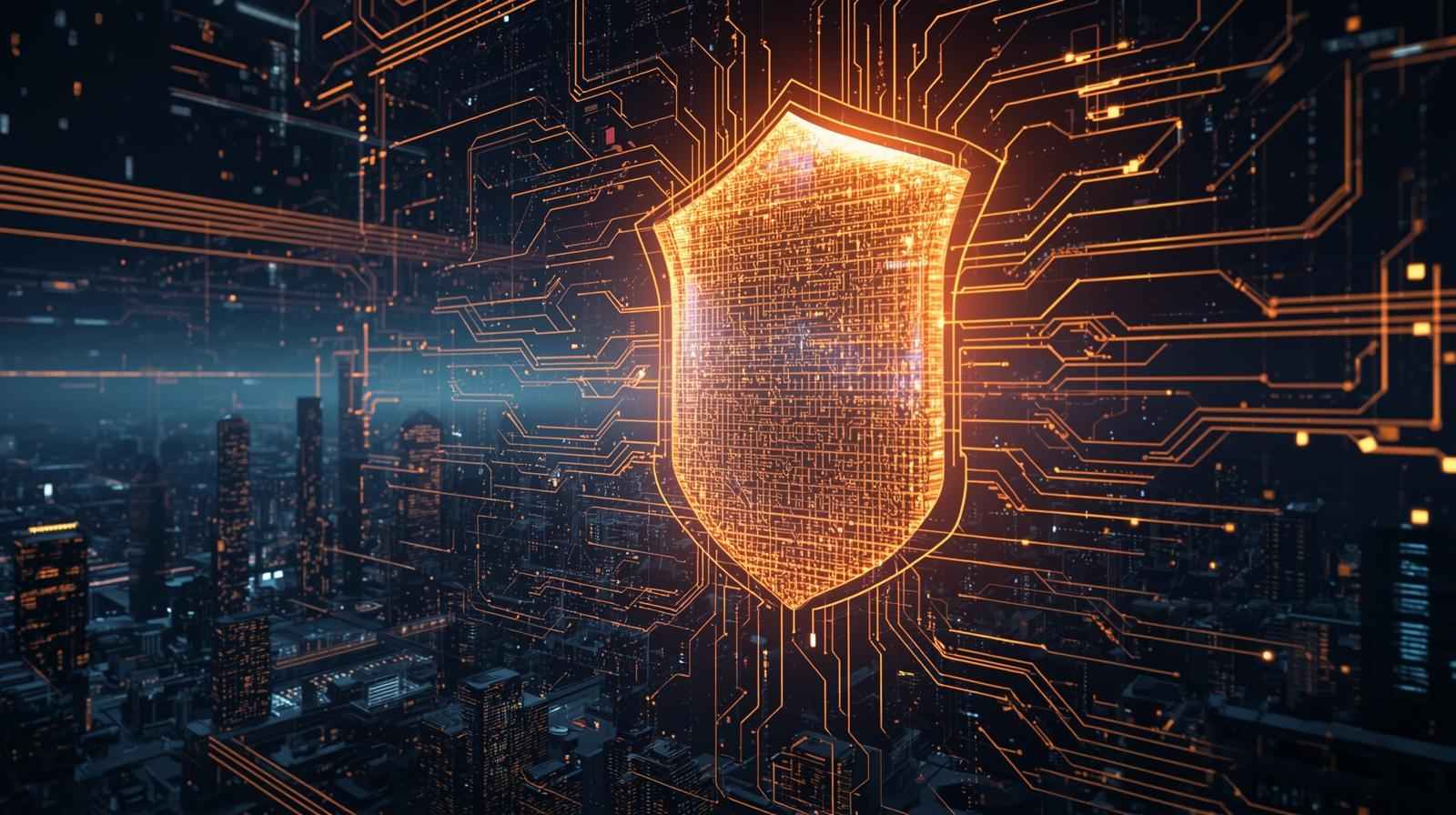Advanced Protection Technologies
The world feels like it’s moving faster than ever. Every day, new innovations promise to make our lives easier, but they also bring fresh risks. From cybercriminals testing new tricks to physical threats that creep closer to our everyday lives, protection is no longer a luxury, it’s a necessity. Advanced protection technologies are stepping up to meet that challenge, reshaping how we secure data, property, and even our identities.
I remember the first time I truly understood the importance of protection tech. Years ago, one of my closest friends lost critical business data to a ransomware attack. Watching the fallout was painful, not just the financial loss, but the sleepless nights, the stress, and the realization that a simple oversight had opened the door to chaos. That experience stuck with me. It made me curious about the tools and systems that prevent such disasters. Since then, I’ve been fascinated by how technology evolves to shield us against ever-growing threats.
This article is for anyone who wants to understand where security is heading and why it matters. You’ll discover the kinds of technologies shaping the future of safety, from AI-driven cybersecurity defenses to smart surveillance systems guarding physical spaces. Along the way, I’ll share insights on how these tools actually work, why they’re effective, and what makes them different from traditional protection methods.
So, if you’ve ever wondered how modern businesses, governments, and individuals stay one step ahead of attackers, you’re in the right place. By the end of this blog, you’ll have a clear picture of what “advanced protection technologies” really means, how they’re applied in different industries, and how you can think about using them in your own life or business.
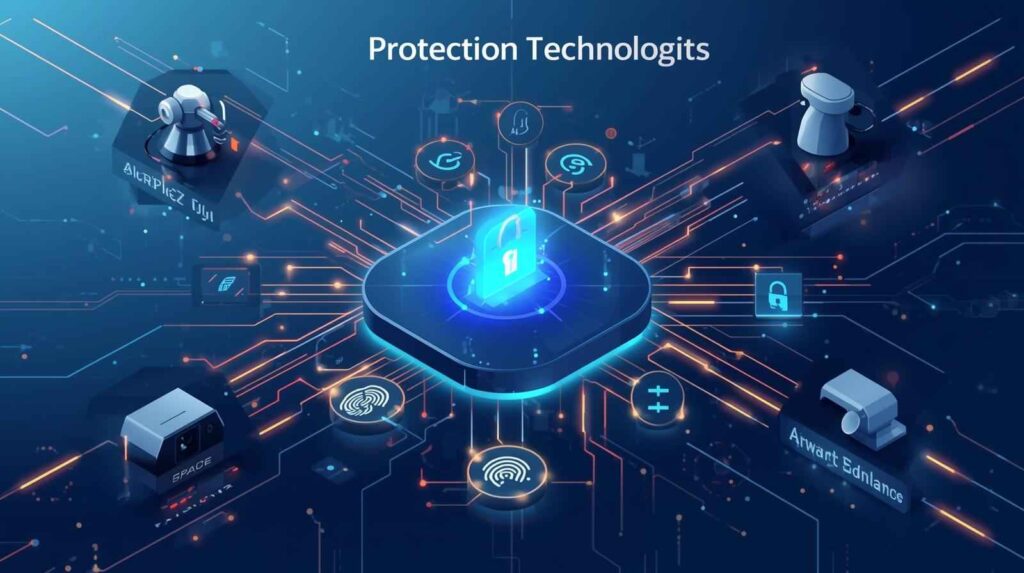
How to Understand and Apply Advanced Protection Technologies
The Rise of Cybersecurity Defenses
Cyber threats are no longer isolated events; they’re constant. Hackers, malware developers, and ransomware groups operate like professional businesses. Advanced protection technologies are stepping in with AI-powered detection systems, zero-trust models, and end-to-end encryption. These tools don’t just wait for attacks, they predict, prevent, and adapt in real time.
AI and Machine Learning in Security
Artificial intelligence is no longer science fiction, it’s security’s strongest ally. Machine learning models analyze billions of data points in seconds, flagging unusual activity that humans might miss. For example, an AI-driven firewall can recognize abnormal login attempts and block them before damage occurs. The beauty of AI is that it learns over time, becoming smarter and harder to bypass.
Zero-Trust Architecture
Gone are the days when a password was enough. The zero-trust model operates on one principle: never trust, always verify. Every access request, whether from an employee or an outsider, must prove legitimacy. Multi-factor authentication, biometrics, and continuous monitoring all combine to make systems harder to breach.
Encryption and Data Privacy
Data is gold, and encryption is the lockbox. Advanced algorithms scramble sensitive information, making it unreadable to outsiders. Cloud storage providers now use end-to-end encryption, ensuring that even if data is intercepted, it’s useless without the right keys. This isn’t just about technology, it’s about trust between businesses and their users.
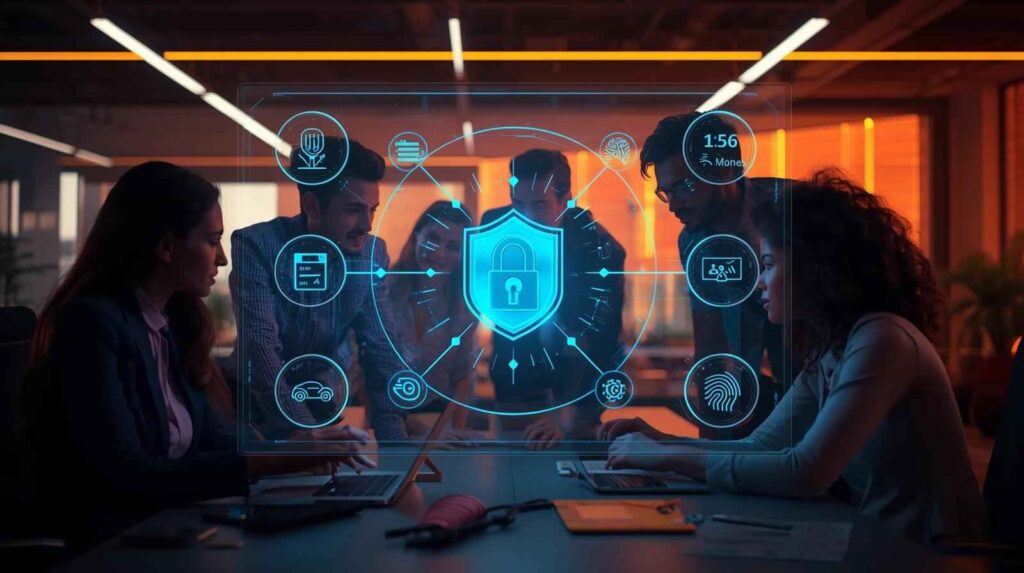
Physical Protection in the Modern Era
Smart Surveillance Systems
Security cameras used to be passive eyes on the wall. Today, they’re intelligent. Facial recognition, motion detection, and behavior analysis allow modern systems to flag suspicious activity instantly. Some even integrate with law enforcement, alerting authorities in real time.
Biometric Access Controls
Keys and cards can be lost or stolen, but your fingerprint, retina, or face? Not so easy. Biometric systems are now common in airports, offices, and even smartphones. They provide a level of protection that is uniquely tied to the individual, reducing the risk of unauthorized entry.
Integrated Alarm Systems
Gone are the days of simple sirens. Modern alarms integrate with IoT devices, smartphones, and even AI assistants. Imagine a break-in attempt triggering not just an alarm but also an automatic call to security services, locking doors remotely, and sending live video to your phone.
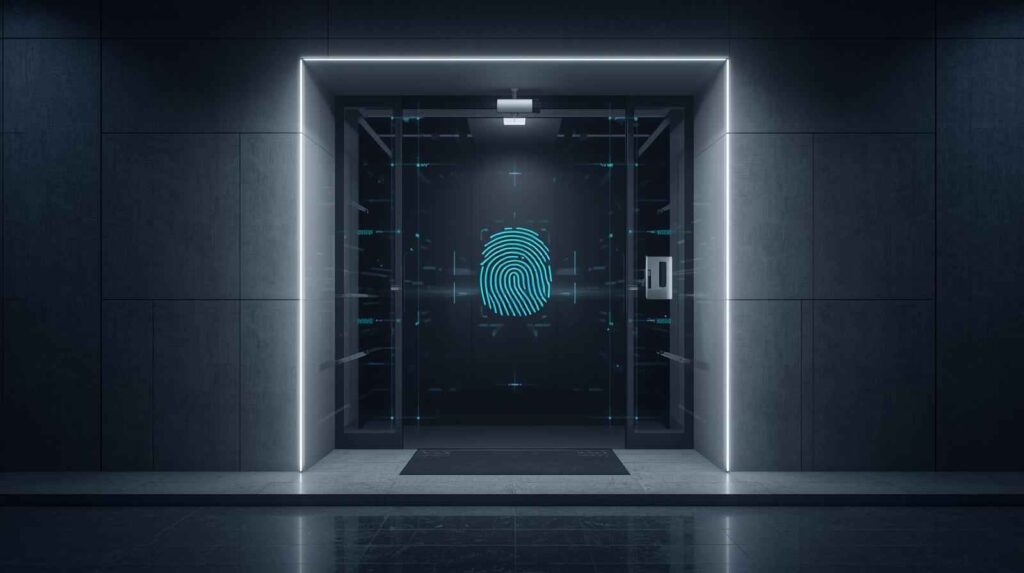
The Intersection of Cyber and Physical Security
Convergence of Systems
Cybersecurity and physical security are no longer separate. Smart cities, for example, use integrated platforms that monitor both digital and physical threats. A data center doesn’t just rely on firewalls; it also employs biometric access, surveillance, and automated response systems.
Internet of Things (IoT) Challenges
Every connected device is both a tool and a target. From smart locks to wearable health trackers, IoT devices expand convenience but also increase the attack surface. Advanced protection technologies now focus heavily on securing these devices with encryption, authentication, and constant updates.
Cloud and Edge Security
As data moves beyond traditional servers, cloud and edge protection become critical. Cloud platforms are fortified with AI-driven defenses, while edge devices ensure that sensitive information is processed closer to where it’s generated. This reduces risk and enhances speed, especially for industries like healthcare and finance.
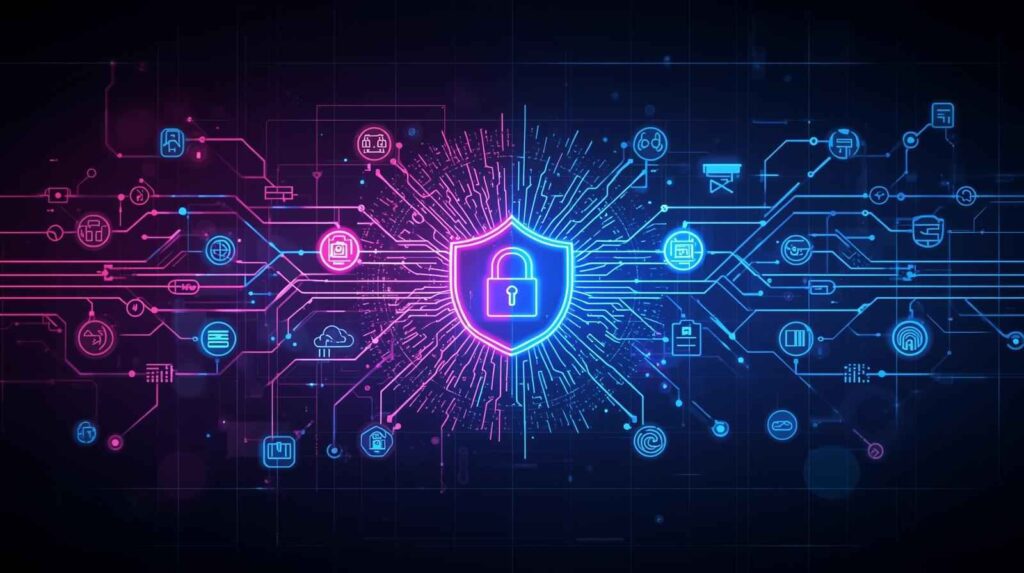
Industry-Specific Applications
In Healthcare
Hospitals now use AI-driven systems to protect patient data, detect cyberattacks, and control physical access to restricted areas. For example, biometric locks prevent unauthorized staff from entering drug storage rooms, while encrypted medical records keep patients safe from identity theft.
In Finance
Banks lead the charge in adopting advanced protection. From biometric ATMs to AI fraud detection systems, financial institutions are constantly upgrading defenses. Every transaction is monitored in real time, making it harder for criminals to slip through unnoticed.
In Smart Homes
Homeowners now enjoy protection systems once reserved for corporations. Smart locks, doorbell cameras, and AI-enabled alarms provide 24/7 defense. With remote monitoring, people can secure their homes from anywhere in the world, all from their smartphones.
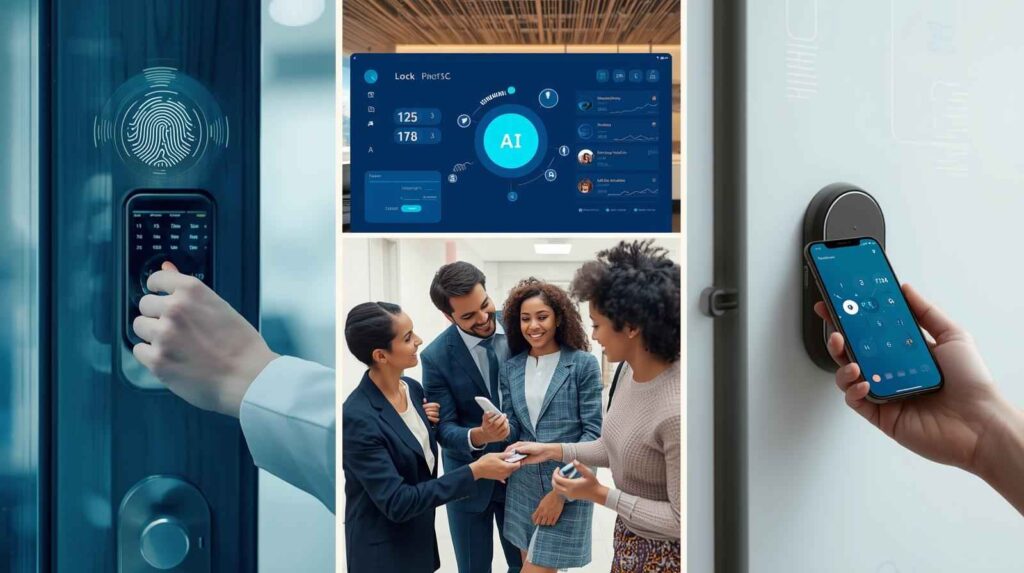
Practical Steps to Adopt Advanced Protection
Step 1: Assess Your Risks
Start by identifying what needs the most protection. For a business, it could be customer data. For a homeowner, it could be property security. Without knowing the risks, it’s impossible to choose the right technology.
Step 2: Choose the Right Technology
Not every solution fits every need. A small business might not need military-grade encryption but should definitely invest in firewalls and backup systems. Likewise, a homeowner may not need enterprise-level biometrics but can benefit from smart surveillance.
Step 3: Train Users and Staff
The best system can fail if people don’t use it properly. Training is essential. Employees need to recognize phishing attempts. Families need to understand how smart locks and alarms work. Awareness is the human side of advanced protection.
Step 4: Regular Updates and Maintenance
Technology evolves, but so do threats. Updating software, replacing outdated devices, and reviewing security policies keep systems resilient. Think of it like car maintenance, you wouldn’t drive 100,000 miles without a check-up. Security works the same way.
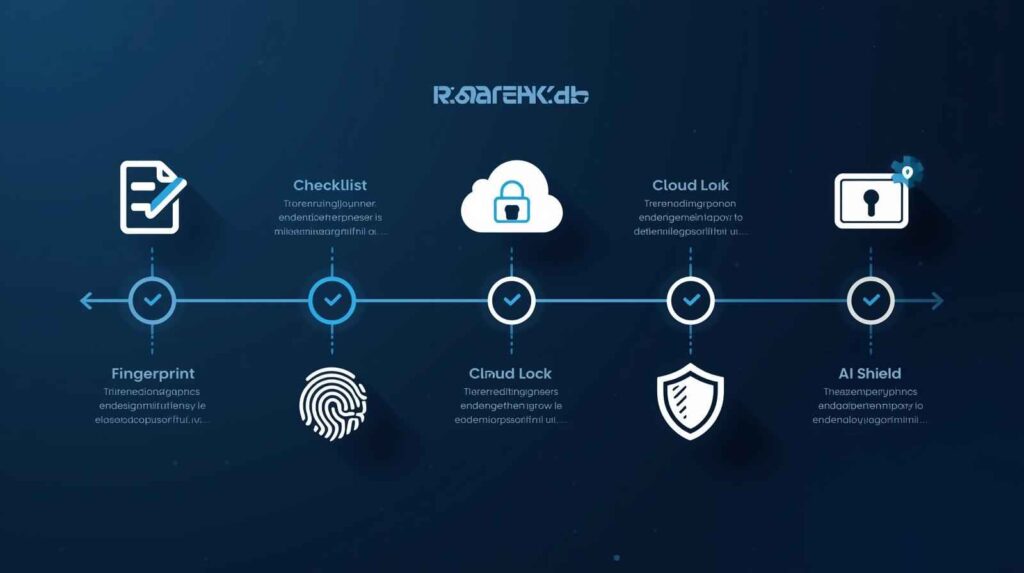
Frequently Asked Questions About Advanced Protection Technologies
What are advanced protection technologies?
They are modern tools and systems designed to secure data, people, and property. This includes cybersecurity solutions like AI-driven firewalls, encryption, and zero-trust architecture, as well as physical systems like smart surveillance and biometric access controls.
Why are advanced protection technologies important today?
Threats are evolving. Hackers develop new attacks daily, and physical risks like theft are still real. Advanced technologies give individuals and businesses a proactive defense that adapts to changing conditions, making safety more reliable than older methods.
How do AI and machine learning improve security?
AI scans massive datasets faster than any human, detecting patterns that suggest a threat. It can block malicious traffic, spot fraud, and flag suspicious behaviors instantly. Over time, it learns and improves, staying one step ahead of attackers.
Are biometrics safer than passwords?
Yes, in most cases. A password can be guessed or stolen, but biometric identifiers like fingerprints and facial recognition are much harder to replicate. However, combining biometrics with multi-factor authentication provides the strongest protection.
Can small businesses afford advanced protection technologies?
Absolutely. Many providers offer scalable solutions tailored for small enterprises. Basic firewalls, cloud backups, and AI-powered antivirus tools are accessible and affordable. Investing in security often costs less than recovering from a breach.
What does the future of protection look like?
Expect deeper integration of AI, quantum-safe encryption, and wider use of IoT security. Smart cities will rely on interconnected platforms for safety, and individuals will have even more control through personalized security apps and devices.

Conclusion
Advanced protection technologies are more than buzzwords, they are the backbone of modern safety. Whether it’s shielding businesses from cybercriminals or protecting families at home, these systems combine innovation with practicality. The blend of AI, biometrics, encryption, and smart devices creates a defense that grows stronger with time.
In my experience, the difference between those who stay safe and those who don’t often comes down to awareness and preparation. Technology is powerful, but it’s only as effective as the people who use it. By understanding the tools available and applying them wisely, we can build a future where safety isn’t an afterthought, it’s a guarantee.
So, whether you’re running a company, managing sensitive data, or just trying to protect your home, remember: advanced protection technologies aren’t optional anymore. They’re the new standard for living and working in a connected world.

